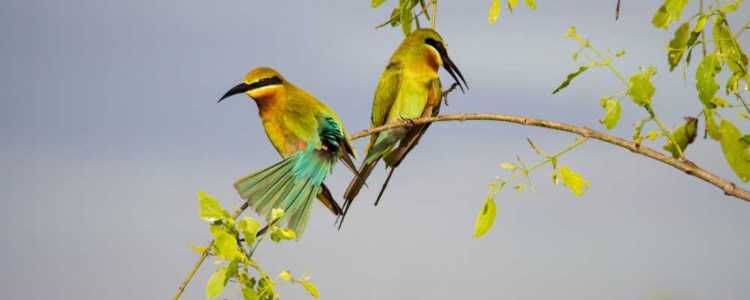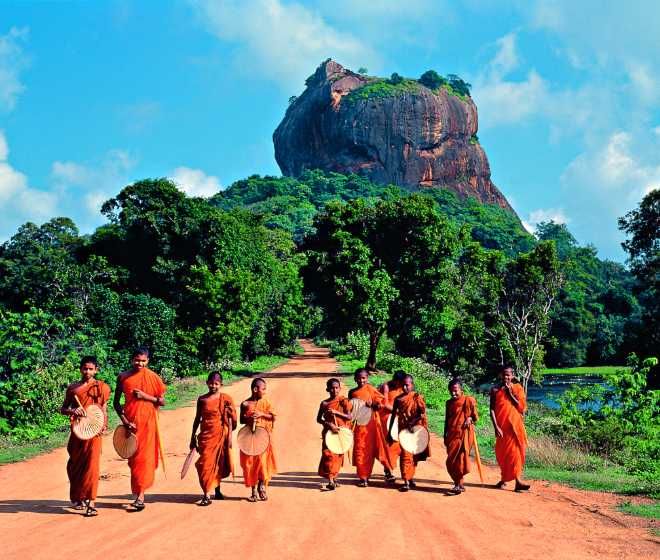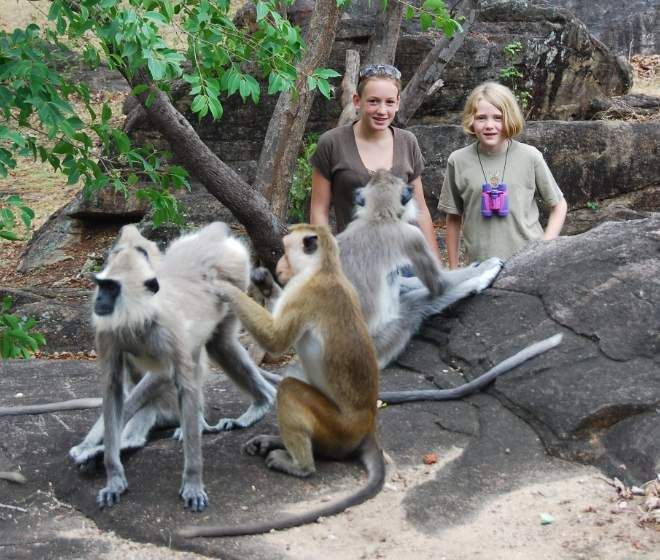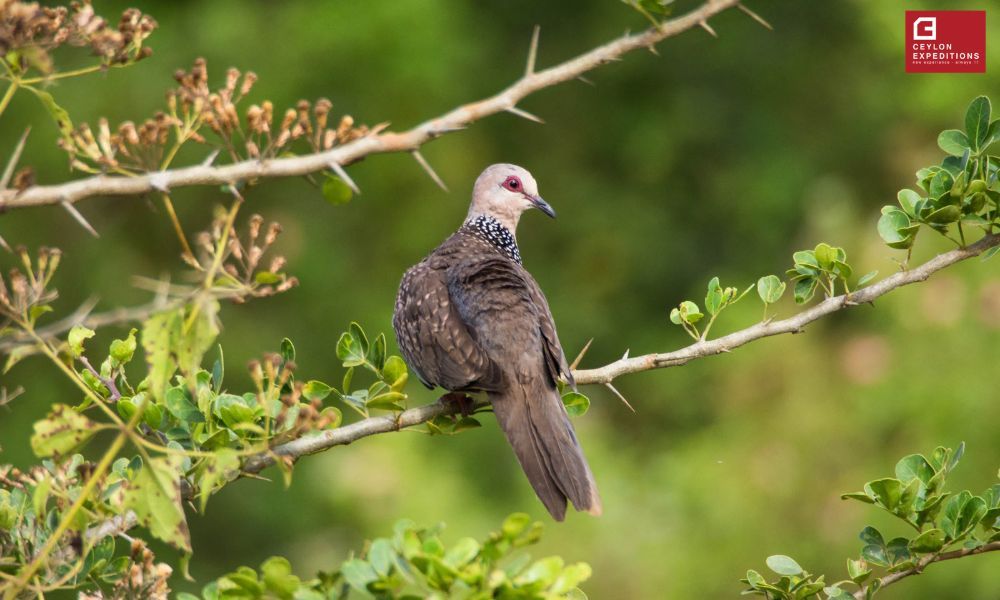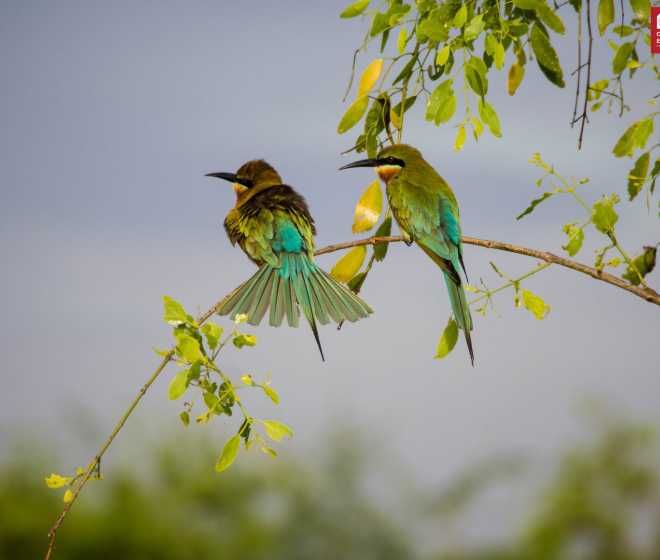
Horton Plains National Park Sri Lanka
Horton plains National Park is situated just 32km from Nuwara Eliya (190km from Colombo), the Horton Plains National Park montane grassland and cloud forest located in the Central Highlands with photo opportunity and rich nature creations. It is on a plateau at an altitude of 2100-2300m and was declared a national park in 1988 due to its biodiversity and geographical importance. It is a popular tourist destination consisting of several tourist hot spots such as World’s End, mini World’s End, Bakers Falls and the peaks of Kirigalpoththa and Totupola Kanda.
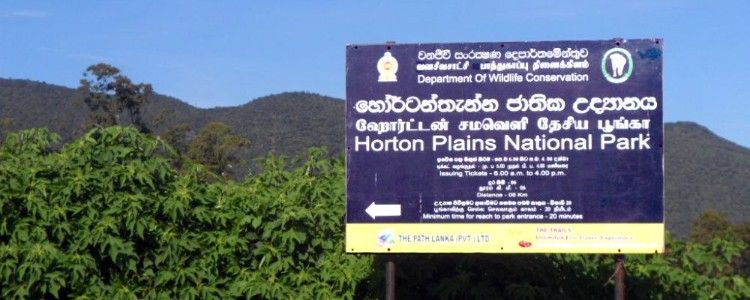
The park was originally called Maha Eliya Thanna by the locals, until it was renamed as Horton Plains after Sir Robert Wilmot-Horton (the British governor of Ceylon from 1831-1837) by Lt. Albert Watson, who “discovered” the plateau. However, stone tools belonging to the pre-historic Balangoda man has been discovered within the premises, indicating a history that dates far back to the times before British colonization. The Central Highlands receive the most rain during the south west monsoon season, with wind speeds sometimes reaching the gale force at the park during this season, making the relatively dry period of January to March the best time to visit. Mist usually persists in the day, especially during the wet season, and ground frost is common in February, with many pools and waterfalls spread throughout the landscape. The plains act as the headwaters area of three major rivers of Sri Lanka – Mahaweli, Kelani and Walawe, also feeding Belihul Oya, Agra Oya, Kiriketi Oya, Uma Oya, and Bogawantalawa Oya, making it the most important watershed of Sri Lanka.
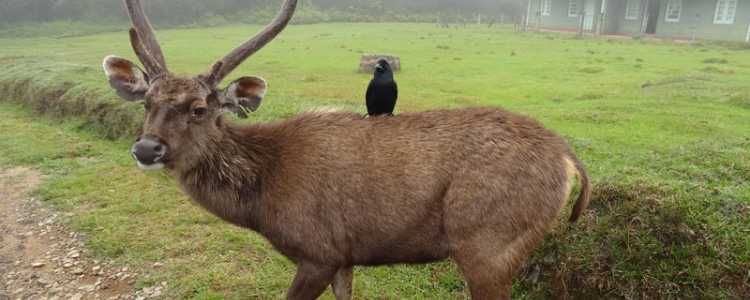
Horton Plains consists of two distinct vegetation – montane grasslands and evergreen forests, with nearly 700 species of plants being recorded of which 27 are endemic to Sri Lanka. 24 species of mammals, 87 species of birds, nine species of reptiles and eight species of amphibians are found in the park and since the Sri Lankan elephant was last seen here in the 1940s, the largest, most commonly seen mammal at present is the sambar deer. Leopards, wild boars, mongooses and giant squirrels are a few among the many species that can be spotted here. Horton Plains forms an Important Bird Area (IBA) together with Ohiya, Pattipola and Ambewela, and contains 21 endemic bird species with four endemic to Horton Plains alone (Sri Lankan blue magpie, Sri Lankan white-eye, Sri Lankan wood pigeon and dull-blue flycatcher).
